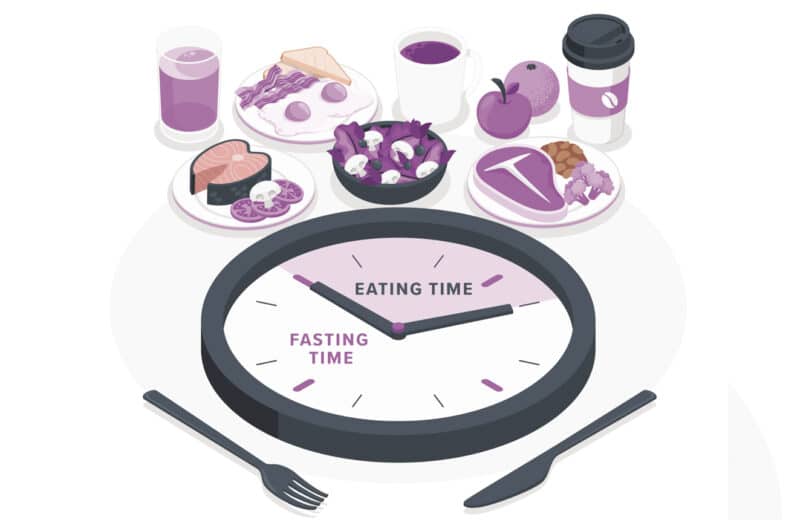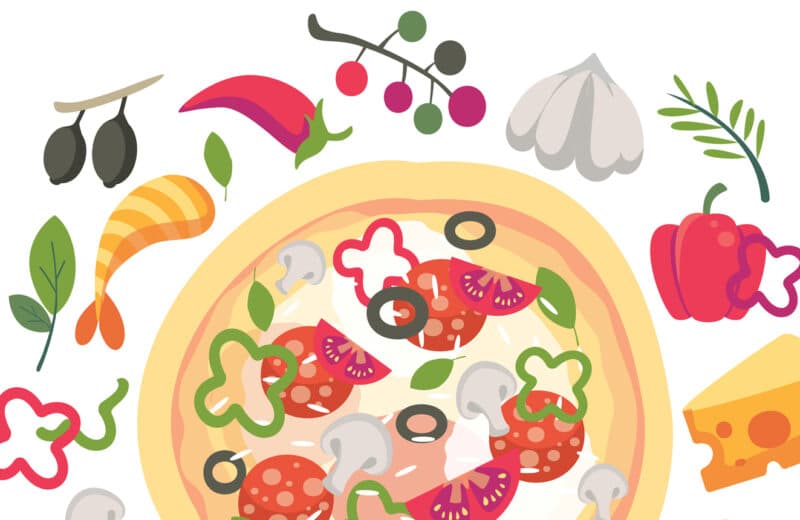With so many diets out there promising weight loss, longevity and a youthful glow, what is the right way to eat? Between all the regimens, like the Atkins, South Beach, Paleo or Mediterranean diets, the decisions are dizzying.
The reality is that everyone has different nutritional needs based on gender, physical activity level and age. Therefore, overall health is contingent upon many individual factors, but the resounding evidence shows that what you eat can prevent disease and promote health over the long run.
Many quick-fix diets pit macronutrients—carbohydrates, proteins and fats—against one another, making what to eat for health confusing.
“Ideally, you want to have a dietary pattern that includes foods with high-nutrient density with vitamins, minerals, antioxidants and fiber, but low-energy density (aka calories),” says Jessica Bartfield, MD, an internal medicine physician at Loyola Center for Metabolic Surgery and Bariatric Care.
Many fad weight-loss diets promise a lot and don’t continue to deliver over the long term (like the cabbage soup or grapefruit diets). They are usually short-term fixes that provide quick, yet nonlasting, results. You know you’re on a fad diet if you can’t sustain eating like that forever—it’s not a lifestyle approach.
Balancing meals and snacks with carbohydrates, proteins and fats makes a better prescription.
“Instead of eating a large bowl of pasta as an entree, order pasta as a side dish, and balance it with a protein and vegetable source,” says Briana Kozak, MS, RD, LDN, clinical dietitian at Swedish Covenant Hospital. Balancing your plate with beneficial foods can help fend off chronic inflammation—the body’s response to disease-causing pathogens, bacteria and damaged cells.
“Be sure to include antioxidant-rich foods, such as omega-3 fatty acids from cold-water fatty fish such as salmon, tuna and halibut; colorful fruits like berries, cherries and citrus; as well as vegetables like leafy greens, broccoli, cauliflower, eggplant and tomatoes to combat free radicals—cell-damaging molecules—that cause inflammation and damage to our bodies,” Kozak says.
Plus, research shows that a healthy approach is to eat less high-saturated fats from red meat and trans-fatty acids from partially hydrogenated oils, which can become oxidized in the body and lead to chronic inflammation.
So what’s the best way for people to eat?
“It’s difficult. For people who are actively trying to lose significant weight or treat weight-related diseases, such as type 2 diabetes, hypertension, high cholesterol or the metabolic syndrome, I strongly recommend an evaluation by both a physician and dietitian for individualized care,” Bartfield advises.














